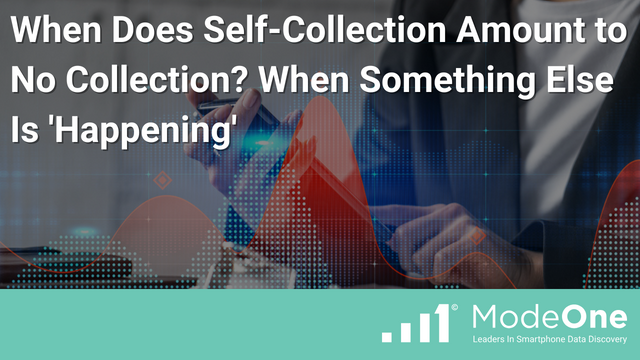Self-collection, or custodian-based collection, by itself, is not a substandard e-discovery practice. Most cases in self-collection bring the lyrics from “For What It’s Worth” (performed by Buffalo Springfield; written by Stephen Stills) to mind: “There’s something happening here, But what it ain’t exactly clear.”
There are historical instances where self-collection was a flawed process, but there was usually more going on than process issues. In a hearing to compel electronic searches of four custodians in Lyman v. Ford Motor Co., No. 21-10024 (E.D. Mich. June 28, 2023), Magistrate Judge Elizabeth A. Stafford rejected the defendant Ford Motor Company’s reliance on self-collection methods that produced a limited production. The court relied on precedent, where it previously found that an attorney may not rely on custodian self-collection alone.
In Lyman, the court noted that Ford provided its custodians with a vague description of its search methodology. Lyman demanded that Ford test the accuracy of its e-discovery response to document requests to ensure that all appropriate data sources were searched, and responsive ESI was collected. Had Ford provided defendants with an automated process that targeted and identified all relevant data sources, the parties could have avoided the hearing, or it may have concluded with a different outcome.
In Maker’s Mark Distiller, Inc. v. Spalding Grp., Inc., 2021 WL 2018880 (W.D. Ky. 2021), the court determined that employees, not attorneys, were more likely to know what documents were relevant to a discovery request and conduct effective searches to find them.
Plaintiff Maker’s Mark objected to employees, not attorneys, determining what documents were relevant to the litigation and demanded that the defendant, Spalding Group, engage in a new search for documents with proper oversight. The court stated, “It’s a party’s non-lawyer employees who generally know where things are, how they are stored, what files exist, and what search is required and would be productive.”
And we agree in principle with the post “You Want to Have Custodians Collect Their Own Email for Discovery Purposes? Here’s Why You Shouldn’t.” Having an expert collect email using a forensically sound, repeatable process is generally a best practice. Custodians, aka end-users, are not known for their expert use of search software or their ability to craft effective search strategies to identify responsive emails. We can’t go a week without losing one or more emails or attachments we need for work, let alone responding to a litigation request.
Perhaps the best self-collection strategy provides custodians with an automated forensic process to collect ESI from all sources relevant to an e-discovery request. Such is the case with ModeOne’s automated smartphone collection for e-discovery.
ModeOne’s patented technology collects data from Apple and Android smartphones for litigation, compliance, and investigation purposes. It can focus the collection exclusively on data within the scope of discovery for review. ModeOne uses a remote, targeted smartphone collection technology in a SaaS framework that enables a forensics technician to define the date ranges and data sources relevant to a matter. The framework gains remote access to the smartphone only after receiving the custodian’s advance permission, locates the relevant data stored on the phone, and securely transfers it to ModeOne’s cloud storage on Amazon Web Services (AWS), where it is encrypted and stored. Attorneys can then use ModeOne’s web-based user interface to search and review relevant messages in a threaded format and download selected notes in a format compatible with any electronic discovery review platform.
Hat tip to the eDiscovery Today blog for leads on self-collection cases and the eDiscovery Assistant and Casetext for the case views.
